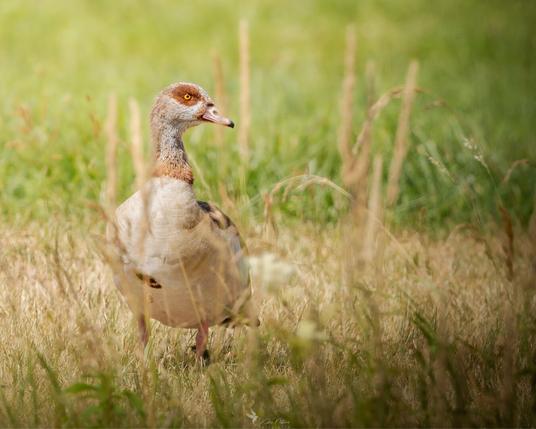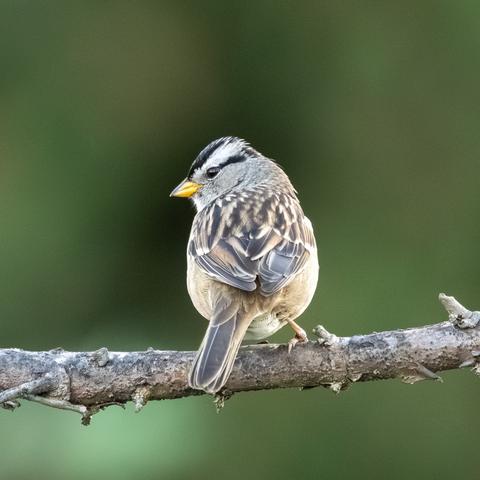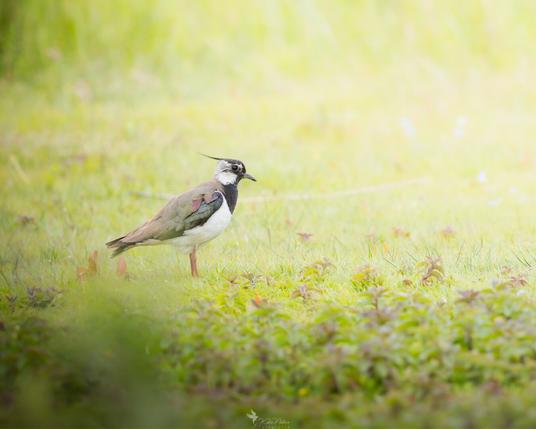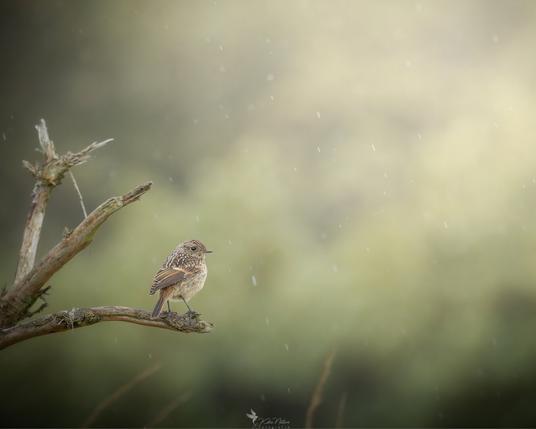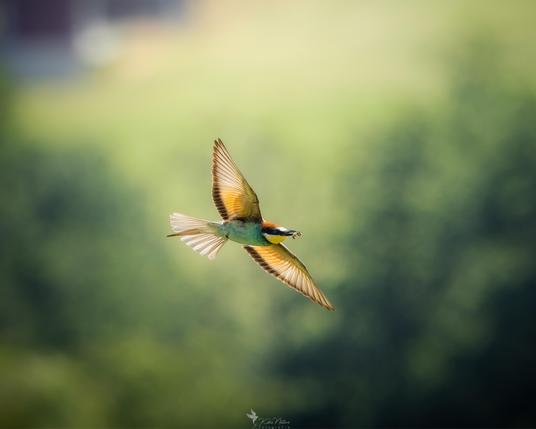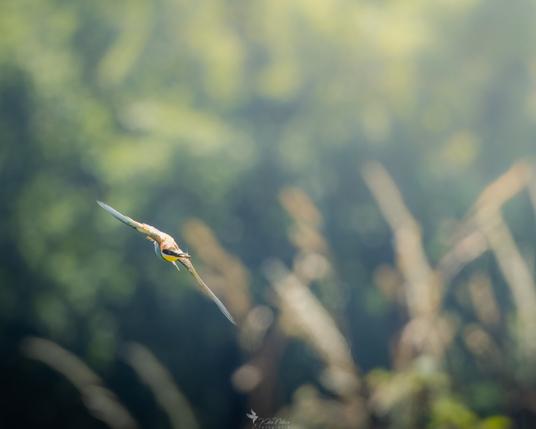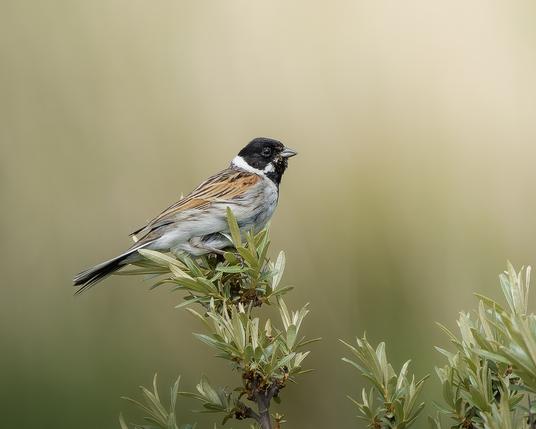🇺🇸 The Egyptian goose (Alopochen aegyptiaca) is a medium-sized, striking waterfowl species native to Africa but now widespread in many parts of Europe. Measuring 63 to 73 centimeters in length with a wingspan of up to 145 centimeters, it typically weighs between 1.5 and 2.5 kilograms. Egyptian geese are easily recognized by their warm brown plumage, chestnut eye patches, and the distinctive dark patch on the chest. They inhabit lakes, ponds, rivers, and parks, where they feed on grasses, seeds, aquatic plants, and occasionally small invertebrates. Highly territorial, especially during the breeding season, they are often seen defending their chosen waterbody with loud calls and dramatic wing displays. Many populations have become resident year-round in temperate regions of Europe.
🇩🇪 Die Nilgans (Alopochen aegyptiaca) ist ein mittelgroßer, auffällig gefärbter Wasservogel, der ursprünglich aus Afrika stammt, inzwischen aber in vielen Teilen Europas weit verbreitet ist. Sie wird 63 bis 73 Zentimeter lang, erreicht eine Flügelspannweite von bis zu 145 Zentimetern und wiegt meist zwischen 1,5 und 2,5 Kilogramm. Typisch sind das warmbraune Gefieder, die kastanienfarbenen Augenflecken und der dunkle Brustfleck. Nilgänse leben an Seen, Teichen, Flüssen und in Parklandschaften und ernähren sich überwiegend von Gräsern, Samen und Wasserpflanzen, gelegentlich auch von kleinen Wirbellosen. Besonders in der Brutzeit zeigen sie ein ausgeprägtes Territorialverhalten und verteidigen ihr Revier mit lauten Rufen und Flügelgesten. Viele Populationen bleiben in Europas gemäßigten Regionen ganzjährig.
📍Netherlands
📷
ISO 160
Aperture: F/7.1
Shutter Speed: 1/640
Comments and Story reshares are much appreciated 🤍
#your_best_birds #egyptiangoose #nilgans #nature #wildlife #birdphotography #vogelfotografie #canon #canoneosr7 #geoleserfoto #birdsofinstagram #wildlifephotography #europeanwildlife #birdlovers #birdwatching #bird_brilliance #bird_perfection
🇩🇪 Die Nilgans (Alopochen aegyptiaca) ist ein mittelgroßer, auffällig gefärbter Wasservogel, der ursprünglich aus Afrika stammt, inzwischen aber in vielen Teilen Europas weit verbreitet ist. Sie wird 63 bis 73 Zentimeter lang, erreicht eine Flügelspannweite von bis zu 145 Zentimetern und wiegt meist zwischen 1,5 und 2,5 Kilogramm. Typisch sind das warmbraune Gefieder, die kastanienfarbenen Augenflecken und der dunkle Brustfleck. Nilgänse leben an Seen, Teichen, Flüssen und in Parklandschaften und ernähren sich überwiegend von Gräsern, Samen und Wasserpflanzen, gelegentlich auch von kleinen Wirbellosen. Besonders in der Brutzeit zeigen sie ein ausgeprägtes Territorialverhalten und verteidigen ihr Revier mit lauten Rufen und Flügelgesten. Viele Populationen bleiben in Europas gemäßigten Regionen ganzjährig.
📍Netherlands
📷
ISO 160
Aperture: F/7.1
Shutter Speed: 1/640
Comments and Story reshares are much appreciated 🤍
#your_best_birds #egyptiangoose #nilgans #nature #wildlife #birdphotography #vogelfotografie #canon #canoneosr7 #geoleserfoto #birdsofinstagram #wildlifephotography #europeanwildlife #birdlovers #birdwatching #bird_brilliance #bird_perfection
